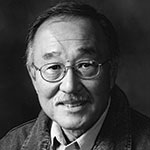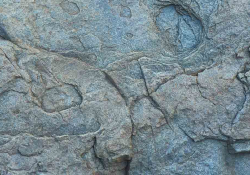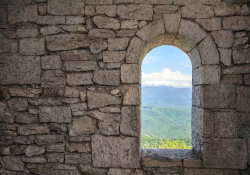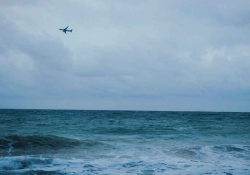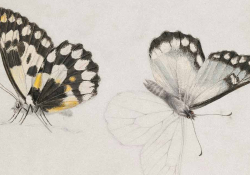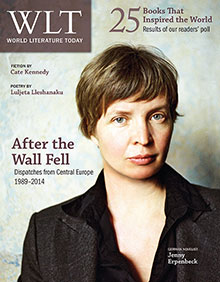Two Poems by Lawson Fusao Inada
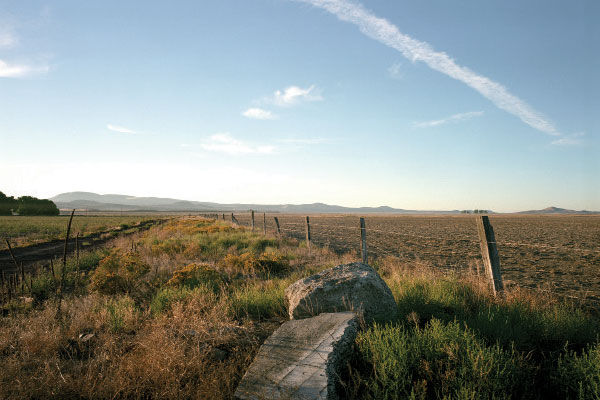
Eating Noodles
Even though it is cold outside,
the windows of the noodle shop
are covered with humid warmth
as the columns of fragrant steam
arise from bowls of broth.
The crowd, of course, is busy –
children, adults, the very elderly
eating, conversing in non-English –
and as chopsticks lift the noodles
there is a momentary pause
to blow on the dangling strands,
and each pause becomes a moment
of gratitude and wonder,
like a salute to our culture,
like an offering to our history,
for although we may be strangers,
we have managed to make our way
to 82nd Avenue, in Portland,
to gather once again as a group
to enjoy life while eating noodles.
To This Day
Have you ever wondered
whatever happened to all the
barbed wire that defined
and confined the so-called
camp at Tule Lake?
That’s a good question
we have a right to ask
as ordinary tax-paying citizens:
“Whatever happened
to all that barbed wire?”
When you think about it,
the very idea of fencingsuch an expense of land
was a daunting challenge
for all those concerned
because it wasn’t easy
to coordinate “back East” planning
with “out West” implementation,
along with the manufacture
and transportation of materials
from all points in between.
And it was also
an innovative undertaking,
a historical precedent,
because this fence was to confine,
not cattle or criminals,
but residents of the American West,
who, in the western tradition,
were to be “rounded up,”
and “herded” into fenced areas –
Tule Lake being but one such place.
Now, thinking about barbed wire,
it could be easy to consider
related matters that would
take us off into a tangent
about, oh, fence posts
and other such aspects
of construction, sidetracking us
into thinking about cutting
forests for fence posts,
and all the effort, energy, expense
involved in the overall venture –
including catered lunches
for planning meetings sequestered
in the “red tape” of D.C. –
so let’s just focus on the wire
that arrived by train
on huge spools, I suppose,
ready to be unloaded
by many men with machines
who would then, over days,
depending on weather,
erect the barbed wire fence.
And let’s keep going forward,
like the war effort,
not backward to the origins
of the wire that would include
iron ore, iron mines, steel mills,
all the sweat, smoke, steam,
shoveling, smelting, stamping
of the extensive process
of manufacturing wire
and then barbing it;
Yes, let’s keep going forward,
like the war effort
not backward to the origins
of the war, or to the barb wire
trenches of the First World War,
but to the brand-new
barbed wire fence of Tule Lake.
The wire was gleaming in the sun!
And with all those barbs –
thousands upon thousands –
all those strands were sparkling!
As we can imagine –
the fence was really something!
And just imagine –
from the air, the shining structure
may have resembled –
a gigantic musical instrument,
that storms and raging winds
would strum and pluck . . .
At any rate, whatever happened
to all that barbed wire?
It’s all gone somewhere, somehow,
obviously, which is a good thing;
otherwise, it would pose a hazard
for wildlife, and rusted barbs
could cause tetanus in humans . . .
especially children.
So perhaps it’s immaterial
to dwell on such material matters
like rusted wire of the past;
rather, as we can imagine,
in this advanced day and age,
there just might be a mentality
among us, between us,
that, to this day,
serves to keep us separated
serves to keep us confined
between “them” and “us,”
and this mentality, this condition,
invisible as it is,
intangible as it is,
can actually function
like actual barbed wire –
and it is up to everyone,
in the spirit of humanity,
in the name of mutuality,
to reach through the strands
with extended hands.
